Description
Black-Faced Tanager (Schistochlamys melanopis)
Species Overview & Unique Traits
The Black-Faced Tanager is a striking South American songbird prized for its dramatic plumage contrast – jet-black facial mask against crisp white underparts and warm cinnamon-brown upperparts. Native to tropical lowlands (0-1,500m elevation), this medium-sized tanager (16-17cm/6.3-6.7″) thrives in humid environments. Males develop slightly brighter plumage during breeding season, while juveniles show muted colors until their first molt at 6 months. These active birds live 8-12 years in captivity when properly cared for, making them a long-term commitment for avian enthusiasts. Their lively personality and constant movement make them excellent aviary centerpieces, though they can be shy initially when introduced to new environments.
Comprehensive Care Requirements
These tanagers require spacious planted aviaries (minimum 2m L x 1m W x 2m H) with dense foliage for security and multiple feeding stations to prevent aggression. Ideal temperatures range 22-28°C (72-82°F) with 60-70% humidity maintained through daily misting. Their specialized diet should consist of: 40% high-quality softbill diet, 30% live food (mealworms, waxworms), 20% chopped fruits (papaya, mango), and 10% nectar supplement. Breeding pairs need additional protein (40% live food) and secluded nesting areas with half-open nest boxes placed high in the aviary. Common health concerns include feather mites (prevent with monthly ivermectin) and vitamin A deficiency (address with weekly carrot or sweet potato offerings).
Breeding & Conservation Insights
Black-Faced Tanagers reach sexual maturity at 10-12 months and typically breed during rainy seasons, so captive pairs require simulated rainfall triggers. Females lay 2-3 greenish-blue eggs per clutch, with incubation lasting 13-14 days and fledging occurring at 15-17 days. While classified as Least Concern by IUCN, their popularity in aviculture supports important captive breeding programs – our birds are all third-generation captive bred from sustainable South American stock. When acquiring these tanagers, ensure proper CITES documentation and quarantine new arrivals for 30 days. Their active nature and stunning appearance make them particularly suitable for planted conservatory aviaries, though they may hybridize with similar Schistochlamys species if housed together.

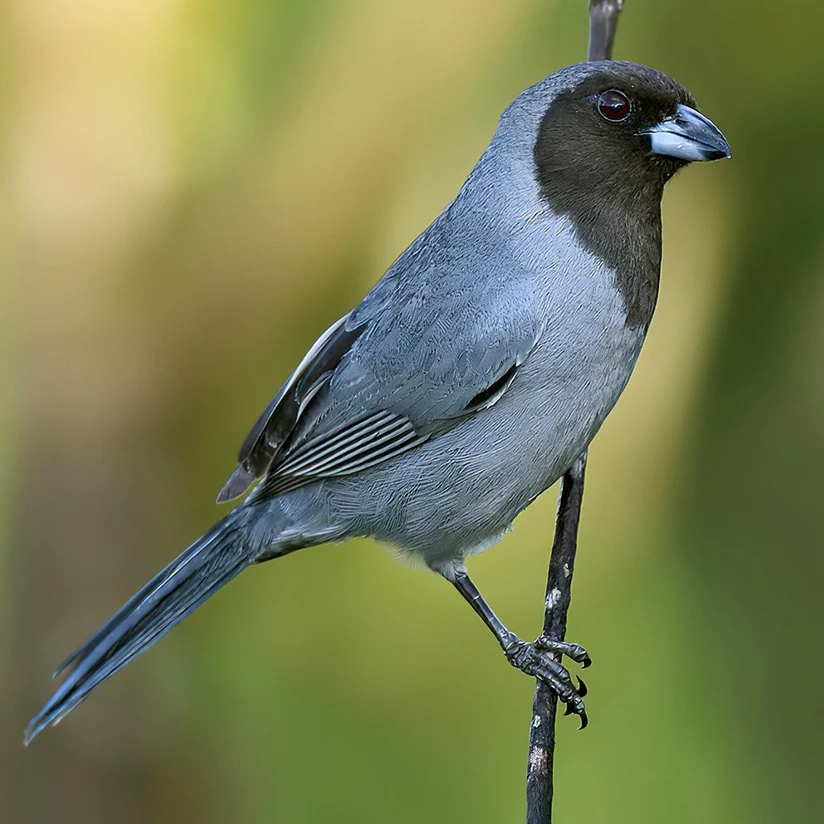
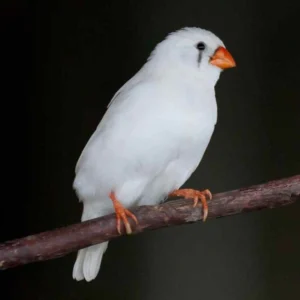
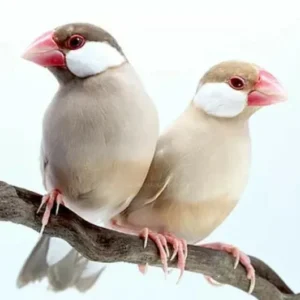
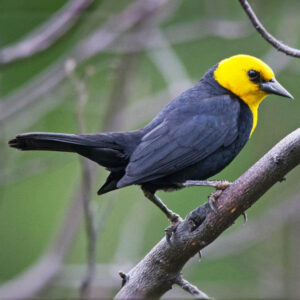
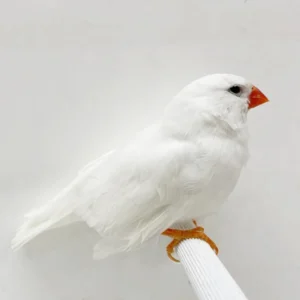
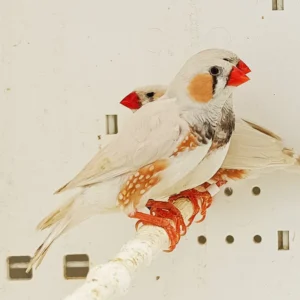
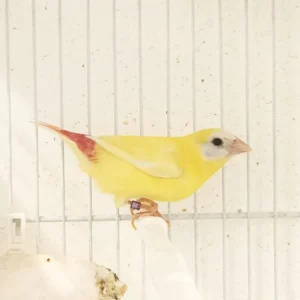
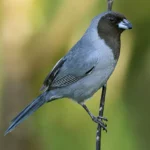
Reviews
There are no reviews yet